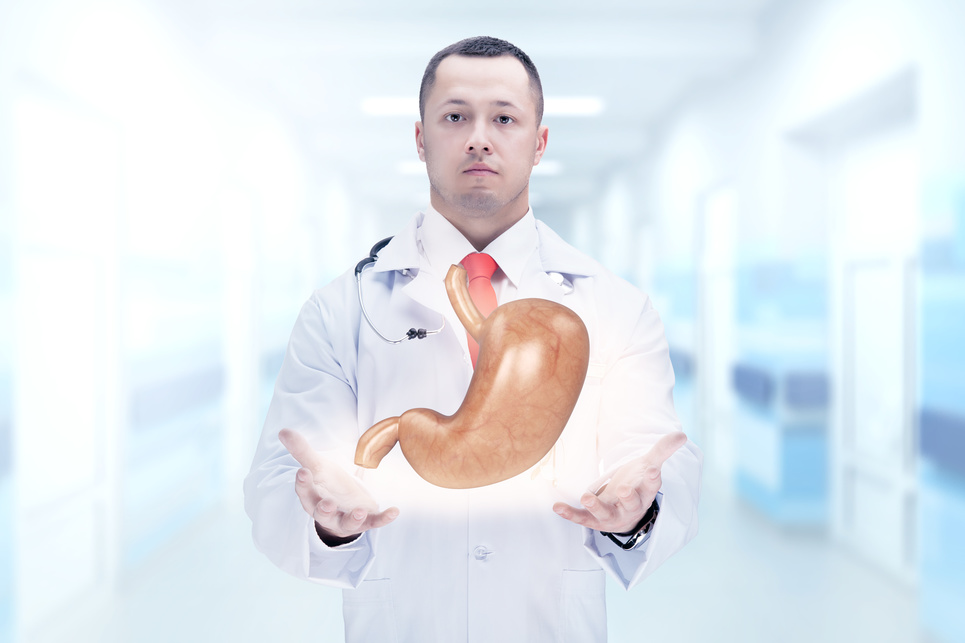
In part one of this article, I talked about the importance of gut health, which is vastly different than having a “fit” exterior. In other words, you may have nice muscle definition and low body fat, but overall health begins on the inside. Case in point … a person struggling with a folate deficiency may look terrific but feel rundown mentally and physically.
TRUE HEALTH BEGINS ON THE INSIDE
Complete body wellness stems primarily from the gut, and a healthy diet is one of the keys to that door. But does exercise help? Absolutely. In recent studies and clinical trials (performed within the last year), researchers have found that regular exercise changes the microbiota in the gut, stimulating the production of fecal Short Chain Fatty Acids, or SCFA’s. SCFA’s have a direct and indirect influence on our well-being. Researchers worldwide have concluded that SCFAs critically support immune regulation as well as organ and tissue metabolism.
The SFCA Butyrate is especially effective against chronic inflammation, metabolic disorders, and atherosclerosis. Other diseases that are associated with a negatively altered composition of the microbiota include obesity, coronary heart disease, diabetes, and ulcerative colitis.
The results just keep rolling in. I encourage you to do the research. These studies are done independently of diet. For those of you who shy away from the “D” word, this is excellent news. You can start moving and grooving your guts and improve your health, without going on a diet! Don’t be surprised though … once you start exercising, you may start craving healthier foods.
Follow those cravings.
Here’s just one example of the many recent studies being done: A research team was formed by Jacob Allen (Postdoctoral Researcher at Nationwide Children’s Hospital in Ohio) and Jeffrey Woods (Professor of Kinesiology and Community Health at the University of Illinois). They recruited 18 lean and 14 obese sedentary adults and sampled their gut microbiomes. The subjects began an exercise program of supervised cardiovascular exercise, 30-60 minutes three times a week for six weeks. The team sampled the participants’ gut microbiomes after the exercise program and again after following six weeks of sedentary behavior. There was no required diet.
The result? Fecal measurements of SCFA, especially butyrate, increased as a result of the exercise program. When the subjects returned to a sedentary life, the levels declined. This was confirmed every which way including genetically.
LET’S GET MOVING
So let’s get moving … bowels and otherwise! With the blessing of your health care provider, begin an exercise program consisting of supervised cardiovascular exercise. Three times a week for 30-60 minutes with a commitment of six weeks should do it. If you’re unable to do that kind of cardio, consider a low intensity program. Low intensity exercise is enough to reduce your transient stool time, thereby reducing the contact time between pathogens and your gastrointestinal mucus layer.
And THAT means you reduce the risk of colon cancer, diverticulosis, and inflammatory bowel disease.
Switch to high intensity interval training and you increase fat and sugar oxidation, which generates adenosine triphosphate (ATP Energy).
Zumba, Water Cardio, Drumming Class, Step Class, Body Pump, Hot Hula … all of these have a Silver Sneakers’ version if you need to start slow. One final note: It’s important that you don’t exhaust yourself and over train. Overtraining creates body-stress and may have an adverse effect on your gut microbiomes.
Same with insufficient recovery. Remember to refeed in accordance with the recommendations of a trusted athletic nutrition source.
Here’s to healthy stool production, a helpful array of microbiomes, increased fecal Short Chain Fatty Acids, less disease and more energy overall!



